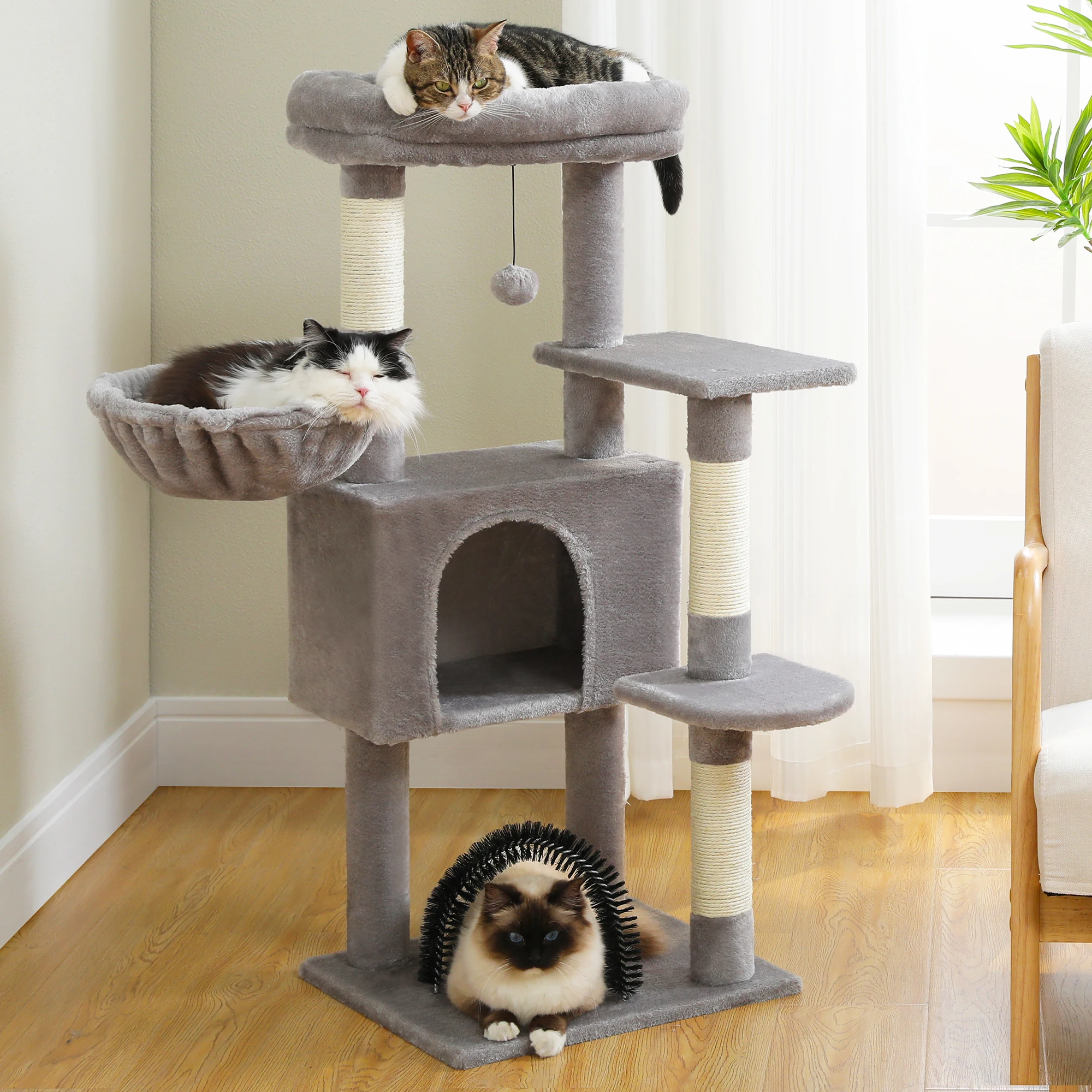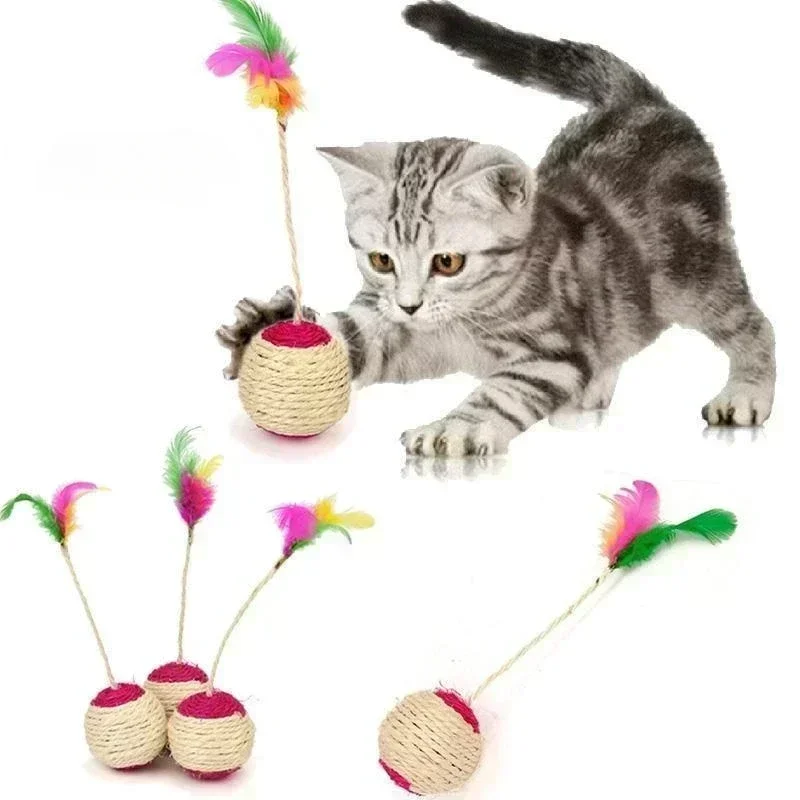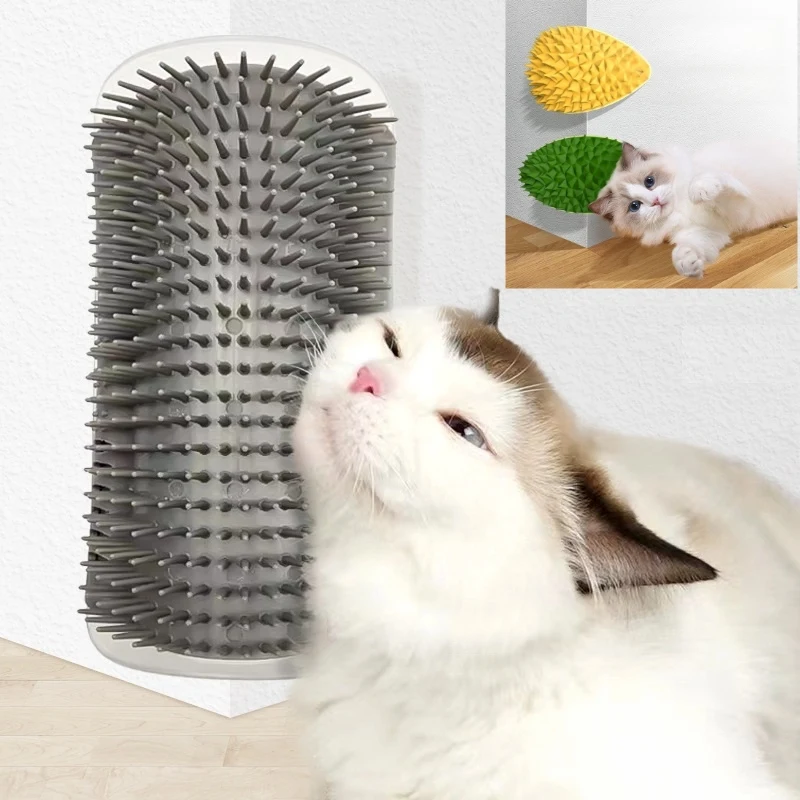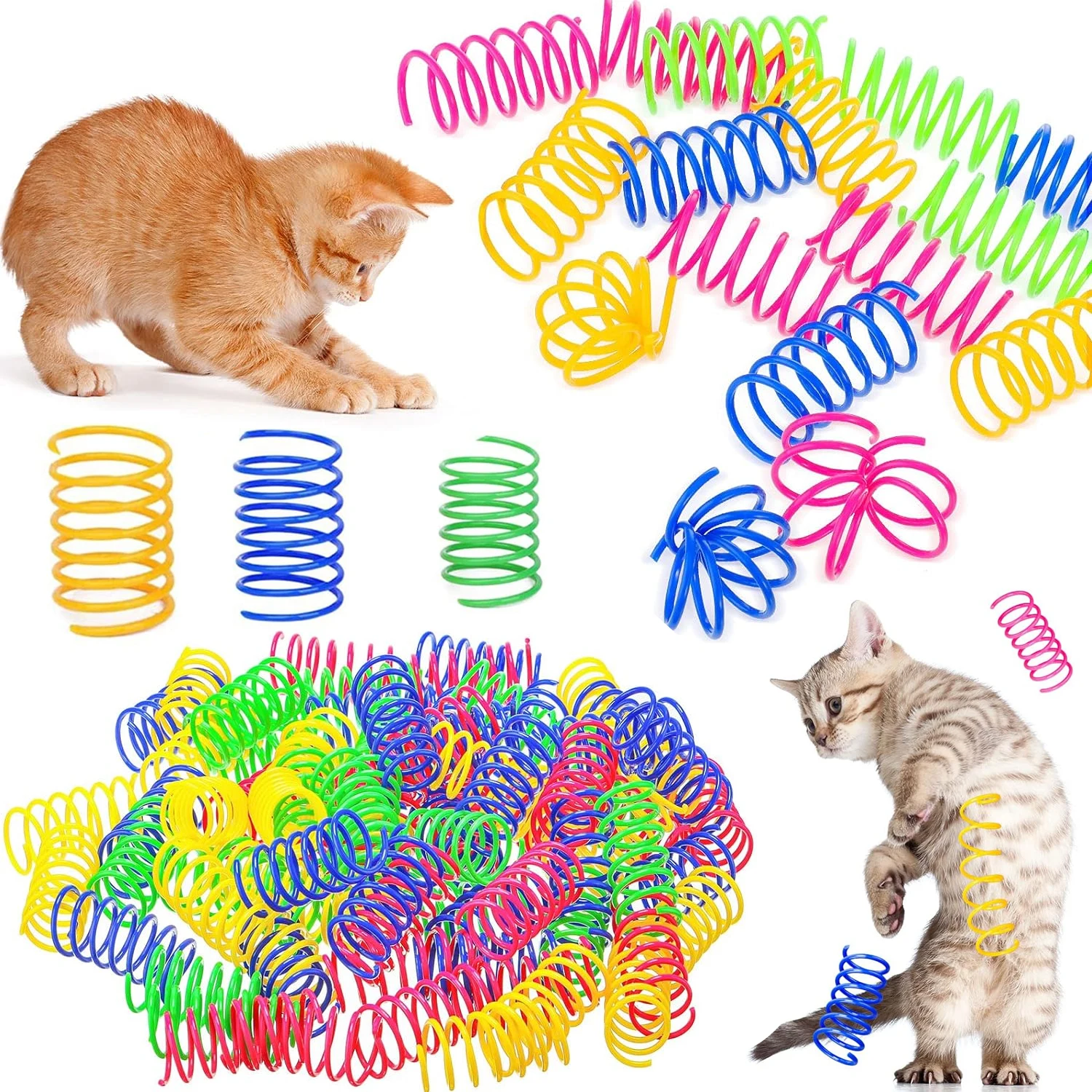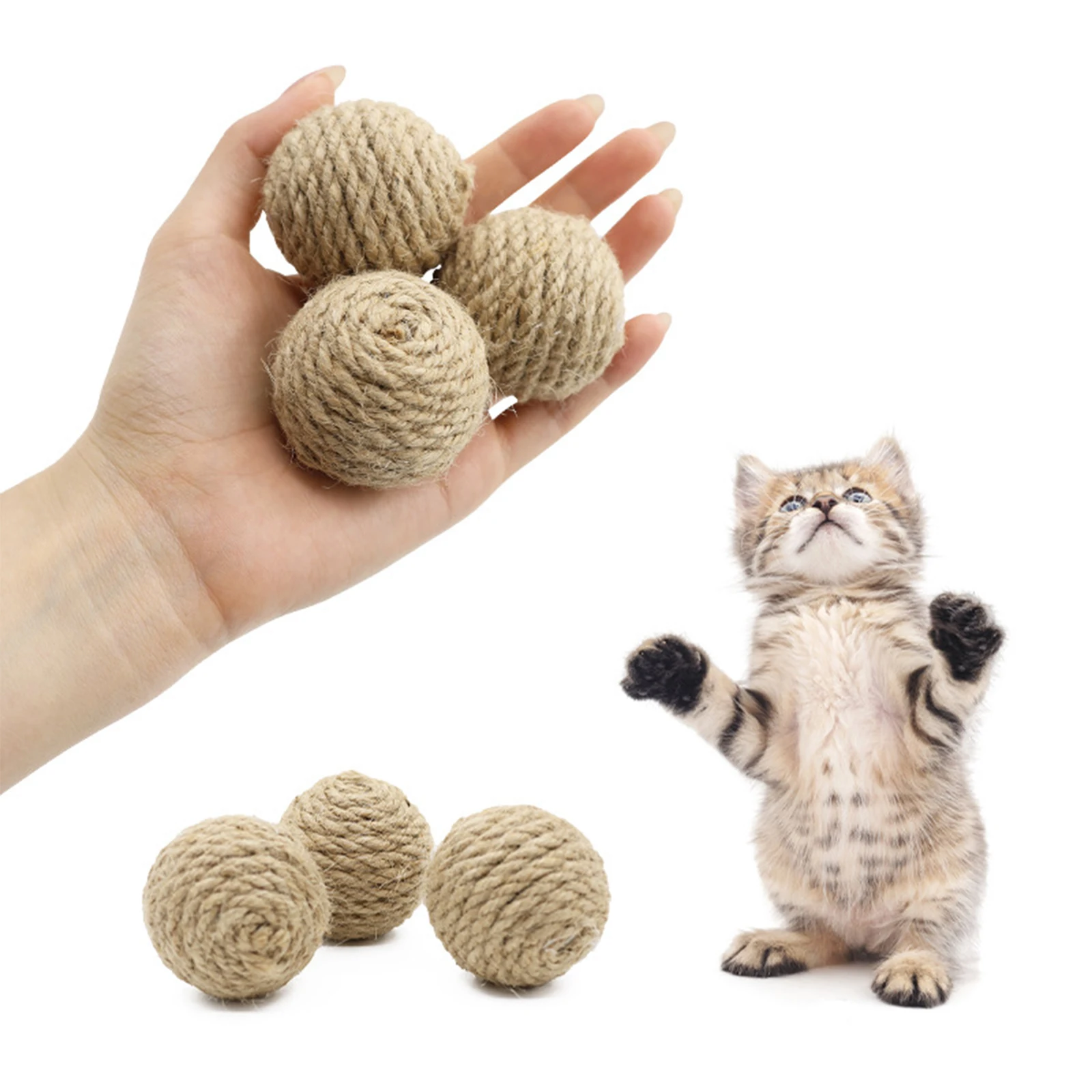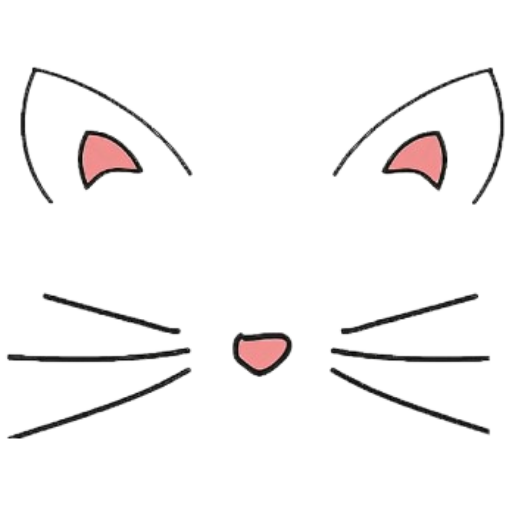In the symphony of the animal kingdom, the cat holds a unique position as a surprisingly vocal creature, capable of a wide range of sounds that communicate much more than mere demands for food or attention. While many are familiar with the iconic meow, the full repertoire of feline vocalizations is as varied as it is fascinating. From the soothing purr to the plaintive yowl, cats use their voices in numerous ways to interact with their environment and their human companions.
Recent studies have delved into the nuances of these vocalizations, revealing that cats have developed specific sounds tailored to communicate with humans. Unlike their wild ancestors, domesticated cats meow almost exclusively to people, using this sound as a tool to solicit attention, express comfort, or even manipulate their human caretakers. Intriguingly, the pitch and pattern of a cat’s meow can vary significantly depending on the context, much like human speech, which suggests a sophisticated level of communication designed to evoke a response from their human audience.
Beyond the meow, cats employ a range of other vocal sounds. The purr, often associated with contentment, is a more complex mechanism that can also indicate pain or distress. Recent research indicates that the frequency of a cat’s purr can have therapeutic effects, promoting healing and stress reduction in humans and cats alike. Meanwhile, the growl and hiss serve as defensive mechanisms, signaling discomfort or territorial aggression.
Moreover, the chirr or chirrup, a sound often resembling a combination of a meow and a purr, is typically used by mother cats to call their kittens, but many domestic cats extend this sound to their human families, possibly as a form of affectionate greeting. The chatter, a rapid clicking noise usually heard when a cat is observing prey from a distance, remains one of the more mysterious vocalizations. Some experts theorize it could be a mix of excitement and frustration or an instinctual attempt to mimic bird calls.
The study of feline vocalizations is opening up new avenues of understanding between cats and humans. As researchers continue to decode the meaning behind these sounds, cat owners can gain deeper insights into their pet’s moods and needs. This growing body of knowledge not only enriches the bond between humans and their feline friends but also challenges long-held perceptions of cats as aloof or indifferent creatures.
In practice, becoming attuned to a cat’s vocal cues can significantly enhance the human-feline relationship. Recognizing the subtleties in a cat’s voice allows owners to respond appropriately, whether it’s providing comfort, food, or playtime. As we continue to uncover the layers of communication within the feline voice, we are reminded of the complex, intelligent, and often affectionate nature of these beloved companions. The study of cat vocalizations not only entertains and informs but also fosters a greater appreciation for the nuanced ways in which animals can communicate with us and with each other.

In the symphony of the animal kingdom, the cat holds a unique position as a surprisingly vocal creature, capable of a wide range of sounds that communicate much more than mere demands for food or attention. While many are familiar with the iconic meow, the full repertoire of feline vocalizations is as varied as it is fascinating. From the soothing purr to the plaintive yowl, cats use their voices in numerous ways to interact with their environment and their human companions.
Recent studies have delved into the nuances of these vocalizations, revealing that cats have developed specific sounds tailored to communicate with humans. Unlike their wild ancestors, domesticated cats meow almost exclusively to people, using this sound as a tool to solicit attention, express comfort, or even manipulate their human caretakers. Intriguingly, the pitch and pattern of a cat’s meow can vary significantly depending on the context, much like human speech, which suggests a sophisticated level of communication designed to evoke a response from their human audience.
Beyond the meow, cats employ a range of other vocal sounds. The purr, often associated with contentment, is a more complex mechanism that can also indicate pain or distress. Recent research indicates that the frequency of a cat’s purr can have therapeutic effects, promoting healing and stress reduction in humans and cats alike. Meanwhile, the growl and hiss serve as defensive mechanisms, signaling discomfort or territorial aggression.
Moreover, the chirr or chirrup, a sound often resembling a combination of a meow and a purr, is typically used by mother cats to call their kittens, but many domestic cats extend this sound to their human families, possibly as a form of affectionate greeting. The chatter, a rapid clicking noise usually heard when a cat is observing prey from a distance, remains one of the more mysterious vocalizations. Some experts theorize it could be a mix of excitement and frustration or an instinctual attempt to mimic bird calls.
The study of feline vocalizations is opening up new avenues of understanding between cats and humans. As researchers continue to decode the meaning behind these sounds, cat owners can gain deeper insights into their pet’s moods and needs. This growing body of knowledge not only enriches the bond between humans and their feline friends but also challenges long-held perceptions of cats as aloof or indifferent creatures.
In practice, becoming attuned to a cat’s vocal cues can significantly enhance the human-feline relationship. Recognizing the subtleties in a cat’s voice allows owners to respond appropriately, whether it’s providing comfort, food, or playtime. As we continue to uncover the layers of communication within the feline voice, we are reminded of the complex, intelligent, and often affectionate nature of these beloved companions. The study of cat vocalizations not only entertains and informs but also fosters a greater appreciation for the nuanced ways in which animals can communicate with us and with each other.
